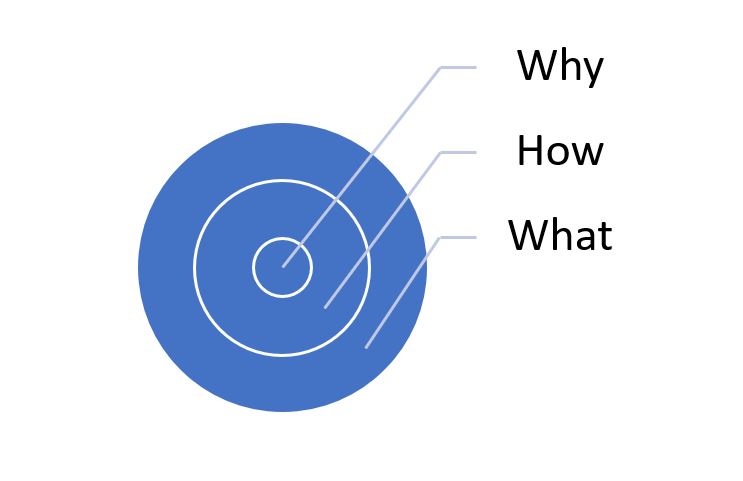Storytelling, a powerful tool in the quest for a circular economy!
Edited on
23 March 2021In our 3rd transnational meeting, hosted by the City of Oslo, we did not only get an insight into the Role of the City and the workings of their mini recycling stations.
We also paid attention to communication and we dove into the world of 'Storytelling'. A powerful tool in the circular economy, read more below!

Why is storytelling important?
Storytelling is the oldest form of communication. Good storytelling captivates attention. It invites conversation, inspires the imagination and it captures hearts.
When we seek to communicate something however, we often focus on the ‘what’ of the story e.g. what are we communicating, what are we doing etc. When we do this we often engage facts and figures. This is important but if we really want to enage people we need to connect with them on an emotional level. To do this we need to focus on the why i.e. why are we communicating this issue, why is it important?
In summary we need to use our brain to communicate the facts but we need to use our heart and be truly authentic to connect with people. Logic makes our audience think but emotions make our audience act. This is really important when we are trying to mobilise our audience to contribute to a cause and make a change.

Finding the Magic Slice
Getting the why right and communicating it in a simple and clear way will help us to reach our target audience. We must be clear on our core values and on why this issue is truly important to us. We must communicate it in a way that everyone will understand and with which our target audience will identify. In the marketing world this is referred to as the ‘magic slice’. That powerful 10% of content which really resonates with our audience and which they retain in their memories afterwards.
Authenticity is vital in finding this magic slice but so too is empathy. In formulating our story we need to walk in the shoes of our target audience. It is vital that our audience identifies with our story and with our characters. Our audience must feel that the issue addressed applies to them and is relevant to them.
Finally we need to empower our audeince to believe in the possibility of a better future. Change does not have to be drastic, small changes at the individual level can result in great impact. We must ensure that our audience feels as though they can contribute to change and make a difference.
 Submitted by Esmée Dijt on
Submitted by Esmée Dijt on
